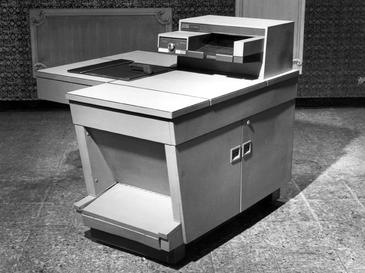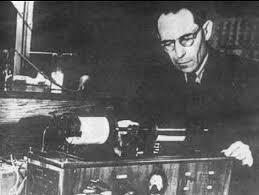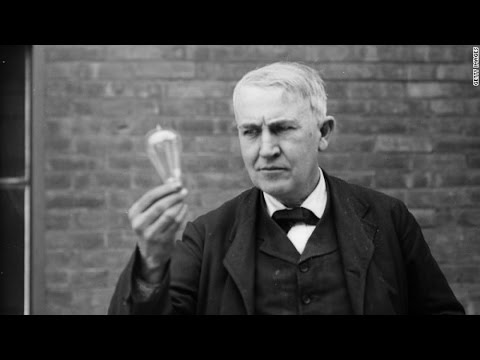
1. It's easy to think being a star at a job will make for a good manager, but it's a fallacy. They are different roles. Good managers help everyone do better work, regardless of their talents - a very different skill from being a solo star.
2. Stars pride themselves on great solo work. Shifting to taking pride in how others work, removing roadblocks, coaching, encouraging... is often hardest for the greatest talents. They can't let go. They delegate poorly. Talent growth challenges their "supremacy."
3. More modest talents often make for better managers. They're attracted to leadership and team challenges, and don't mind having stars work for them. They recognize their value isn't personal greatness, but making others great. Or better. Or happier in their work.
4. The Peter Principle, promotion until you are incompetent, is real because most orgs provide no alternative.
Wise companies have solo promotion tracks. You don't need to manage to get seniority and raises. This prevents self-poisoning the management ranks. So smart.
Wise companies have solo promotion tracks. You don't need to manage to get seniority and raises. This prevents self-poisoning the management ranks. So smart.
5. Good managers build relationships with other roles and teams. They are connectors, diplomats and persuaders. They earn and use influence. Stars tend to want their work to speak for itself, which has less value across organizations with different cultures and priorities.
6. A micromanager is simply a bad manager - one who doesn't trust their staff nor has led them into trustworthiness. Not all of them are former stars, but the pathology is similar. They create and repeat a dysfunctional pattern they can't or are unwilling to resolve.
7. Of course stars can become good managers. But it takes a maturity and self-awareness that isn't common. It's often later in their careers that they have sincere interest in leadership and growing people in a healthy way, and care less about another great solo effort.
8. Being a good boss is hard for everyone! "Good" becomes more subjective and abstract, when compared to writing code or putting up drywall. But that's what makes it challenging and rewarding - it's leveraged work - if you do it well 5, 10 or 100 people love their work too.
9. These observations are universal - here's a good essay with solid advice from the clothing industry.
atkinsontshirt.com/2019/12/21/you…
atkinsontshirt.com/2019/12/21/you…
h/t to @tambuildsthings for inspiring this thread.
• • •
Missing some Tweet in this thread? You can try to
force a refresh













